Do Real Chess Pieces make a Difference?
Just the other day, I had a talk with a young man who is just 10 years old. He started telling me that he plays online with either a phone or a tablet especially in the last 6 months or so. A year ago, when he was 9, he had a US Chess rating of 1490. And now that rating has dropped to 1380. We see children like this usually continue to have their rating rise, not drop as his has done. I started wondering if his spending more time on a 2D board, tablet or phone, may have had a negative effect on his play and performance in over the board, rated Chess.
So later, I started talking with his father who is a mechanical engineer and not a Chess player. Of course in the last few years this father has learned quite a bit of Chess and can recognise positions on the board and know winning things as well as problems. The father and I discussed whether the boy should go back to playing more on the real board with real pieces instead of the images on a screen.
The father told me that in the last year, starting in the summer after school, the boy started playing baseball and then basketball on the evenings and some weekends when he would normally be playing Chess in a club or tournament. And the boy was still taking Chess lessons from a local Expert or Candidate Master. The only real difference is that the boy was playing a lot less over the board Chess.
A number of years ago, I started a tactics program that came on a disc (remember those?). I would do about 30 tactics problems a day and it was always on my computer monitor. My US Chess Rating went up over 100 points and my regular playing partner/opponent mentioned that I was playing a lot sharper, tactically. So the 2D screen board did not hurt my over the board play. In fact it helped.
I have read and heard a number of experienced and stronger players talk of it not mattering to them how they looked at Chess things. But recently I have heard Gary Kasparov, in his new online Master Class, say how important it is to use a real board and set. So, there has to be some merit to the image of a 3D set in a position to help with pattern recognition. I recently started bringing a portable or travelling Chess set with me to analyse positions and games. It can't hurt.
The next consideration that came to me was whether the style of the chess pieces and board, as well as the colours mattered. As many who know me will attest, I am one that plays pretty much exclusively with wooden chess pieces, nice ones at that. I have and use sets of some different designs as well. Sure, I have the Staunton designed reproductions that you find on Official Staunton. I also like to use some different designs. I have and use a few sets from Slovenia, the Noj Dubrovnik II and GM Pavasovic sets for instance. I also have a Romanian set and a Soviet set that I will occasionally use. Now, the Knights still look like horses but they sure vary. And the Bishops do not always have a cut in their mitres. And occasionally some of these sets will have opposite coloured finials on the Bishops and sometimes on the King and Queen pieces as well.
Then there is the size difference of sets and chess pieces. But that does not seem to be a problem for anyone that I am aware. I have some 4.4" King sizes on a 2.5" square size and there are sizes all the way down to a King height of 3.5" that work best on a 2.5" square. And to be legal for FIDE and US Chess these size differences are legal. Nonetheless it doesn't seem to affect the image recognition process with the different set sizes.
The colour of the pieces and chess board also might affect perception. Of course it is not suggested to have the dark piece colour be very close or the same as the dark squares. The piece colour will blend with the square colour and not be easily seen. There must be a good contrast. Here in the United States a green and buff colour board is the standard for tournament play. Sure the elite Grandmaster events use wood pieces and boards, but the common tournament sees the ubiquitous Green and Buff vinyl boards, usually with plastic pieces of black and cream colouring.
( Author: Ron Suarez)
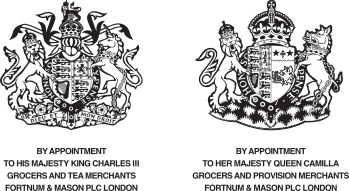


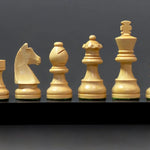
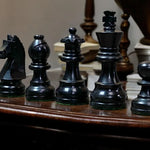
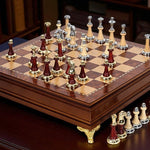
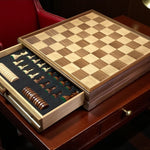
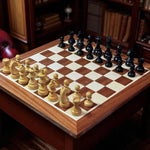
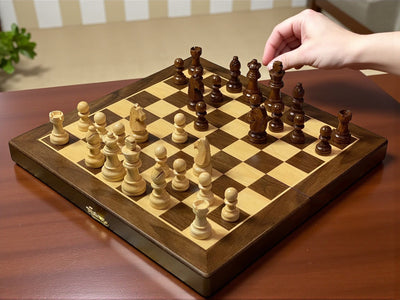
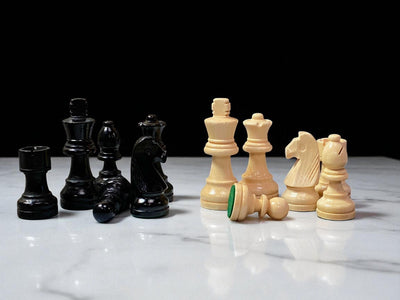
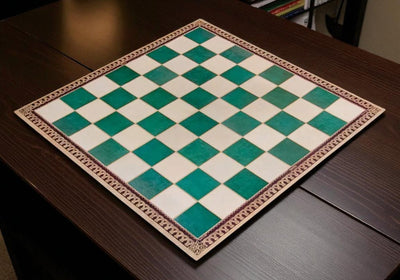
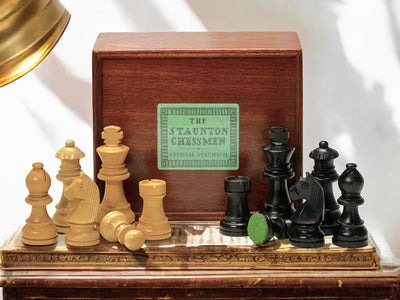
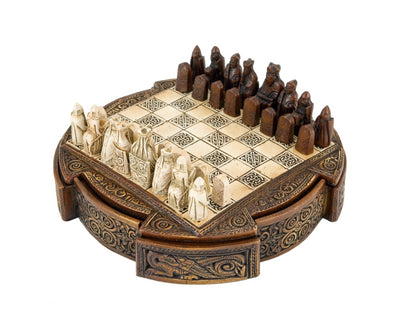
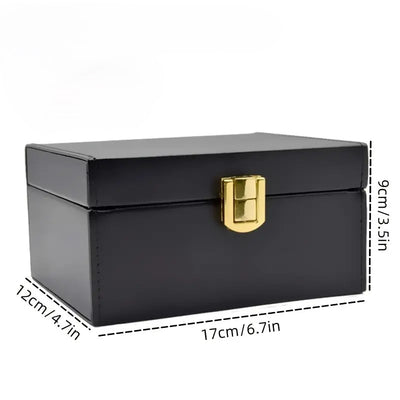
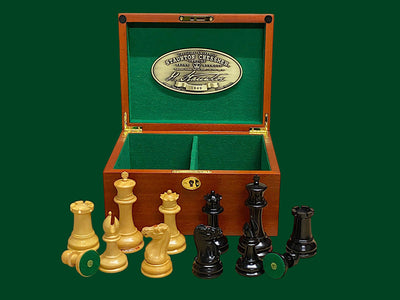
Leave a comment